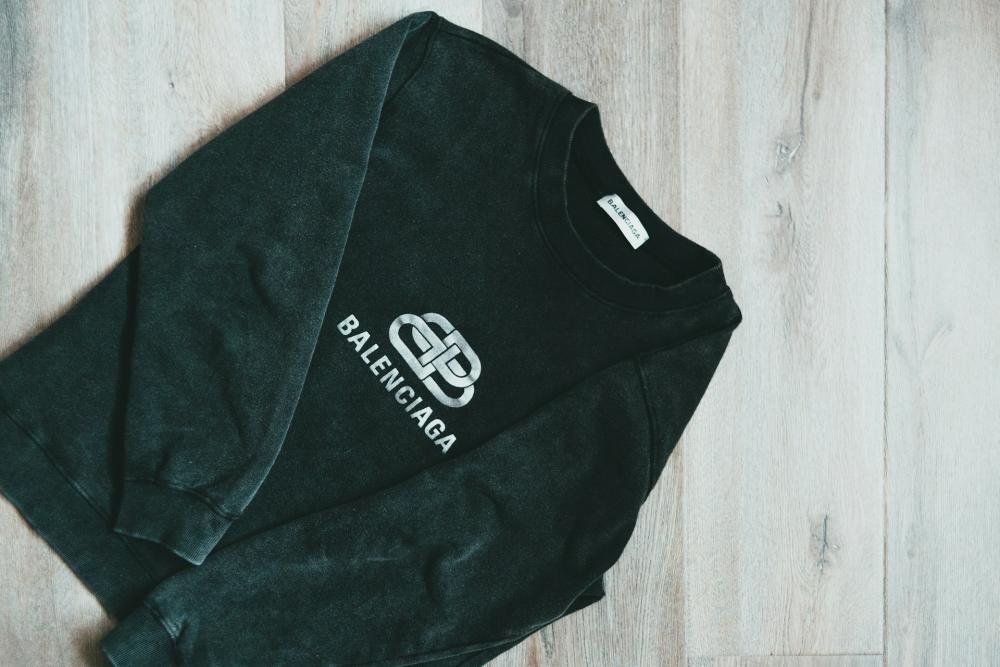Fleece is a widely loved fabric known for its warmth, lightweight feel, and versatility. Whether you’re wearing it as part of outdoor gear or using it for cosy blankets, fleece has become a staple in both fashion and home textiles.
But what exactly is fleece made of, and why is it so popular? This guide delves into the materials, manufacturing process, and benefits of fleece, helping you understand why it’s such a favoured fabric.
What Is Fleece Made Of?
Fleece is primarily made from polyester, a synthetic fibre derived from plastic, offering lightweight warmth and moisture-wicking properties. With options like recycled fleece, it’s also a sustainable choice.
Key Takeaways
-
Primary Material: Fleece is typically made from polyester, a synthetic fibre derived from plastic.
-
Manufacturing Process: Polyester fibres are woven and brushed to create a soft, insulating texture.
-
Sustainability Options: Recycled polyester is increasingly used for eco-friendly fleece production.
-
Key Benefits: Lightweight, moisture-wicking, and excellent at retaining heat.
Continue reading as you'll get to know about this garment in a more detailed way.
What Is Fleece Made Of? A Detailed Overview

The Basics of Fleece Material
Fleece, often made from recycled plastic, is primarily crafted from polyester, a synthetic fibre derived from petroleum-based products, and while it lacks the ability to biodegrade like natural fibres, its lightweight and durable qualities make it a popular choice for outdoor clothing that doesn't get wet easily or lose shape.
Eco-Friendly Alternatives
With growing sustainability efforts, many fleece products now use recycled polyester. This material is often sourced from recycled plastic bottles, reducing waste and the environmental impact of production.
How Is Fleece Made?
Polyester Fibre Creation
Polyester is created by melting plastic pellets and spinning them into fine threads. These threads form the base material for fleece.
Weaving and Knitting
The polyester fibres are woven or knitted into fabric. This process determines the structure and durability of the fleece.
Brushing the Fabric
To achieve fleece’s characteristic softness, the surface is brushed. This raises the fibres, creating a fluffy texture that traps air and provides insulation.
Types of Fleece
Polar Fleece
Polar fleece is the most common type, known for its excellent warmth and lightweight feel. It’s ideal for jackets, blankets, and outdoor gear.
Microfleece
Microfleece is thinner and lighter, making it suitable for layering or use in milder conditions.
Recycled Fleece
fleece offers the same benefits as traditional branded fleece while being more environmentally friendly
Benefits of Fleece
Warmth Without Weight
Fleece is incredibly insulating despite being lightweight. It traps heat efficiently, making it perfect for cold-weather wear.
Moisture-Wicking Properties
Fleece repels water while allowing sweat to evaporate, keeping you dry and comfortable during physical activities.
Durability
Polyester fleece is resistant to shrinking, stretching, and wear, ensuring long-lasting use.
Easy Care
Fleece is machine washable and quick-drying, making it a convenient fabric for everyday use.
Common Uses of Fleece

Fleece is incredibly versatile, used in everything from clothing to home textiles. Popular applications include:
-
Outdoor Gear: Jackets, vests, and gloves designed for warmth and flexibility.
-
Activewear: Lightweight and moisture-wicking options for sports or hiking.
-
Home Comforts: Fleece blankets and throws for cosy evenings.
-
Promotional Products: Custom fleece jackets and hoodies for corporate branding.
Explore branded fleece options at Promostore for practical and stylish merchandise.
Apart from Fleece, we also offer custom pullovers, custom fitness products, branded beach accessories, branded bbq tools, personalised cycling gear, and more.
Sustainability and Fleece
The use of recycled polyester in fleece production has made it a more sustainable fabric option. By repurposing plastic waste, recycled fleece reduces environmental impact while maintaining the same level of comfort and performance as traditional fleece.
Caring for Fleece
Proper care ensures your fleece items remain soft and durable:
-
Wash Gently: Use cold water and mild detergent to avoid damaging the fibres.
-
Avoid Fabric Softeners: These can reduce the fabric’s moisture-wicking properties.
-
Air Dry: Drying fleece on a low-heat setting or air drying helps maintain its fluffy texture.
Why Choose Fleece for Your Needs?
Fleece offers a unique combination of warmth, durability, and versatility, making it suitable for a wide range of applications. Its lightweight nature ensures comfort, while its moisture-wicking properties make it practical for outdoor and active use.
Whether you’re looking for personal wear or custom-branded merchandise, fleece remains a reliable and stylish choice.
Frequently Asked Questions
1. What is fleece made of?
Fleece is typically made from polyester, a synthetic fibre derived from plastic. Recycled polyester is also commonly used for eco-friendly fleece.
2. Is fleece environmentally friendly?
Traditional fleece is made from petroleum-based polyester, but recycled fleece offers a more sustainable option by repurposing plastic waste.
3. What are the benefits of fleece?
Fleece is lightweight, warm, moisture-wicking, and durable, making it ideal for outdoor gear, activewear, and home textiles.
Conclusion
Fleece is a versatile and practical fabric made primarily from polyester, offering warmth, durability, and moisture-wicking properties. Options like recycled fleece are also a sustainable choice for those looking to reduce their environmental footprint.
Whether used for outdoor gear, home textiles, or branded merchandise, fleece continues to be a popular fabric for its comfort and practicality.
Explore a range of custom fleece products at Promostore to find the perfect solution for your personal or business needs.







